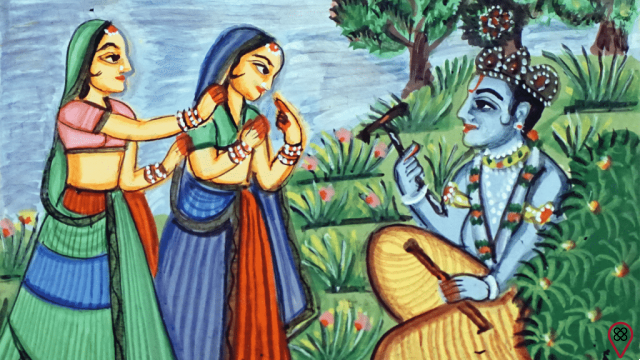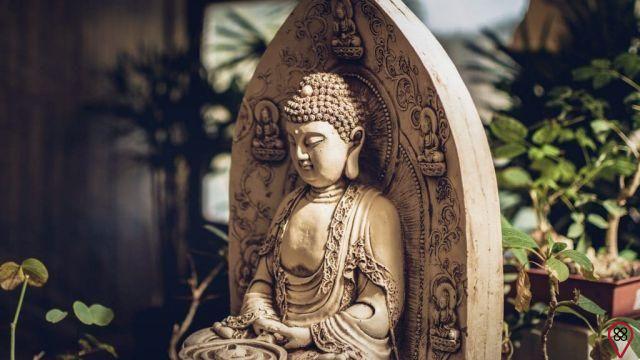The custom originates in Tibet, around the 982th century. It was the Indian master Atisha (1054-XNUMX) who taught his disciples how to print prayers and mantras on pieces of cloth on engraved wooden blocks.
Attached to a bamboo or pole, the flags rippled in the wind. This tradition was widely spread in Tibetan Buddhism. They are found in monasteries, sacred sites and even prey on tree branches.

The practice is not about superstitions. They are religious practices, the printing of prayers on flags, as the Dalai Lama defends. Just as our life is changeable and is always changing according to our accumulated karma, the movements of the flags are also always constant. Along with the prayers sacredly imprinted on them, their mystical powers are spread through the air and across the world.
Each color symbolizes an energy, coming from an element. White symbolizes ether, blue represents water, green represents air, red represents fire and yellow represents the earth element.
The flags can be easily found in Tibetan Buddhist centers across España, particularly in Chagdud Gonpa, Odsal Ling and the Center for Bodhisattva Buddhist Studies.
Written by Bruno Melo of the Eu Sem Fronteiras Team

























